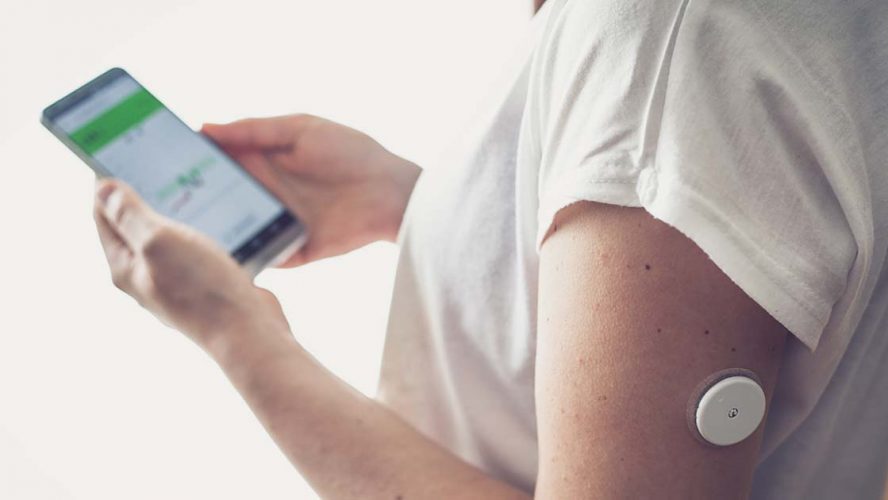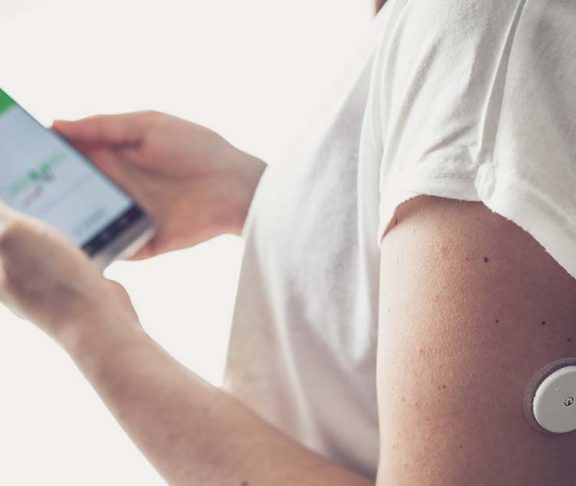
Dr Emma Wilmot
Founder, Diabetes Technology Network UK (DTN-UK) Consultant Diabetologist, University Hospitals of Derby and Burton NHS FT Honorary (clinical) Associate Professor, University of Nottingham
Flash glucose monitoring should be accessible to more people with insulin-treated type 2 diabetes to make management of their condition easier — and save hospital admissions.
Effective diabetes technology has the power to revolutionise lives. Take flash glucose monitoring, which has been an enormous advancement for many people living with type 1 diabetes. Instead of conducting multiple painful finger prick tests a day to check their glucose levels, they can now simply scan a sensor on the back of their upper arm (although, admittedly, this technology does not do away with the need for finger pricks completely).
Dr Emma Wilmot — Founder of the ABCD Diabetes Technology Network UK (DTN-UK), an organisation that supports the delivery of life-improving diabetes technologies — is an enthusiastic advocate of flash glucose monitoring and marvels at its take-up rate.
Ultimately, it’s not a question of should this technology be accessible to those living with type 2 diabetes, says Dr Wilmot. It’s a question of when.
“The device first became available in 2014 and was available on the NHS drug tariff in 2017,” she notes. “In 2021, over half of those living with type 1 diabetes now have access to this technology.” Criteria for access tend to be related to those who are required to monitor their glucose levels frequently; those who have problematic low glucose levels; and those who may have an occupational or psychosocial indication for using the device.
Some people with type 2 diabetes can qualify for the technology through the current criteria — such as people on haemodialysis and those who have learning difficulties. However, the Diabetes Technology Network have recommended wider access to flash glucose monitoring which includes people with insulin-treated type 2 diabetes.
Tech that makes effective self-management a reality
This makes perfect sense, argues Dr Wilmot, because flash glucose monitoring has been shown to result in a reduction in high glucose levels for those with insulin-treated type 2 diabetes. It can also reduce acute events and hospitalisations for those living with type 2 diabetes, thereby making savings to local health economies. Plus — because it’s a digital device — it can potentially support remote consultations.
“The difficulty is that the number of people with type 2 diabetes is substantially greater than the number of people with type 1 diabetes and securing funding to deliver this technology on a wider scale may be challenging,” says Dr Wilmot.
Ultimately, it’s not a question of should this technology be accessible to those living with type 2 diabetes, says Dr Wilmot. It’s a question of when. “We now have the technologies available to make monitoring of glucose painless and easy, making effective self-management a reality, without the need for multiple finger pricks. From my perspective, it’s just a matter of time.”


